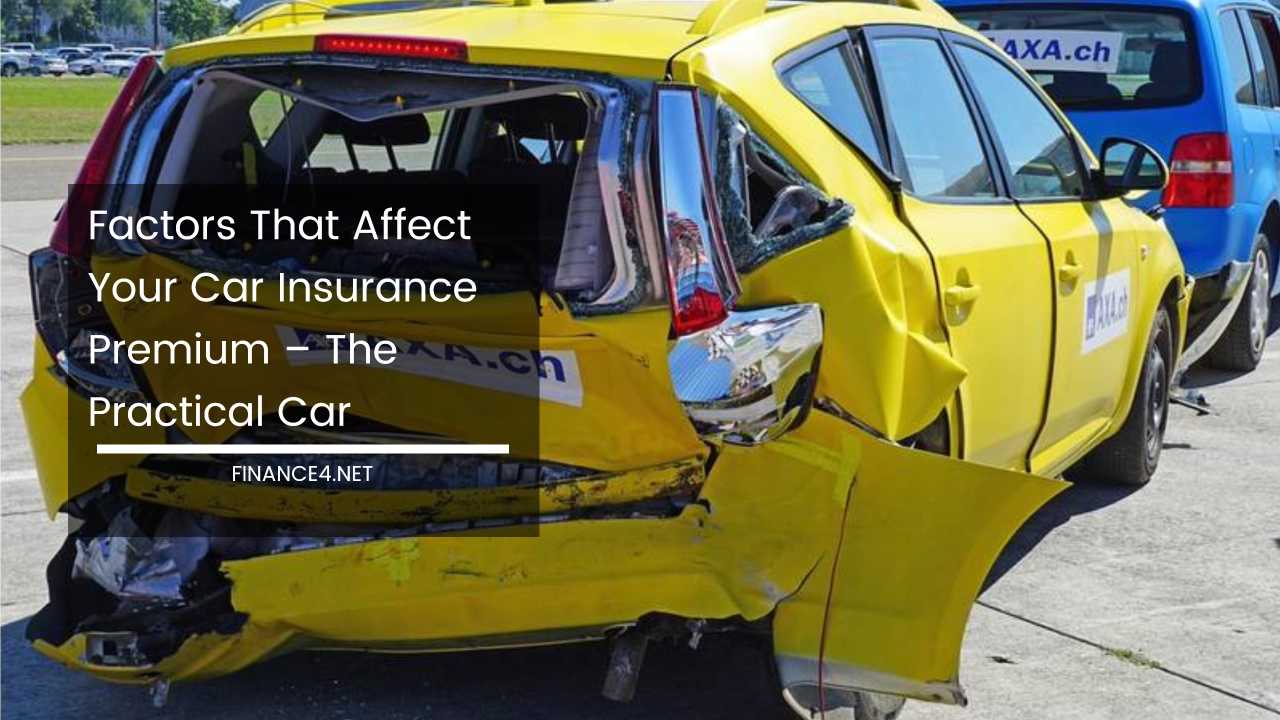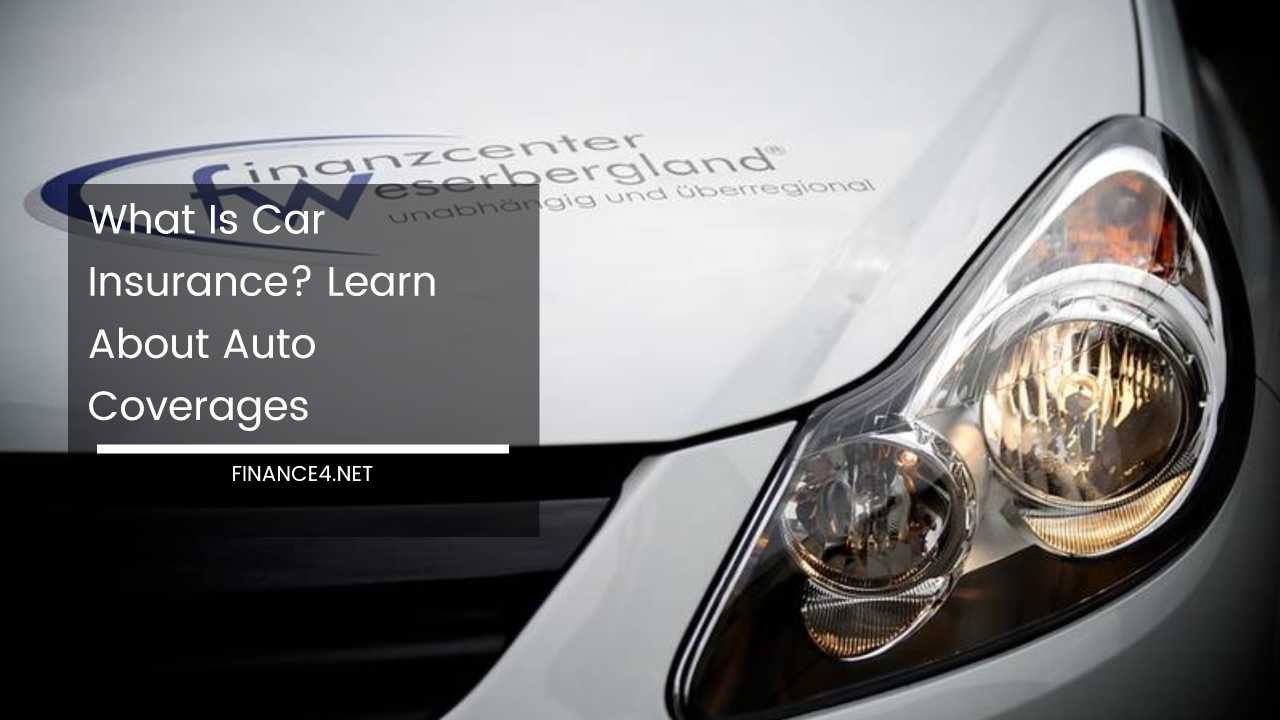Low-Cost Auto Insurance Online: Save Money Without Sacrificing Coverage

In today’s digital age, convenience and affordability are paramount when it comes to purchasing auto insurance. The internet has revolutionized the process, making it easier than ever to find cheap auto insurance online.
However, with a multitude of providers, complex coverage options, and hidden factors influencing premiums, navigating the online landscape can feel like an overwhelming maze.
This comprehensive guide will equip you with the knowledge and strategies to effectively find affordable auto insurance online, ensuring you get the right coverage without breaking the bank.
Understanding Your Needs: The Foundation for Smart Shopping
Before diving headfirst into online quotes, take a step back to assess your specific needs. Consider the following factors:
- Driving Habits: How often do you drive? Where do you typically drive (city, highway, rural areas)? Do you use your car for commuting or primarily leisure purposes? These factors will influence the type of coverage you need and the risk profile assigned by insurance companies. High-mileage commutes in congested cities typically translate to higher premiums compared to occasional highway driving in rural areas.
- Vehicle Type: The make, model, and age of your car significantly impact insurance costs. Newer, high-performance vehicles or luxury cars generally come with higher premiums due to the increased cost of repairs or replacements. Conversely, older vehicles may only require basic liability coverage, depending on their value and your risk tolerance. Research safety ratings, repair costs, and theft rates associated with your vehicle to get a clearer picture.
- Budget: Be realistic about how much you can comfortably afford for car insurance premiums each month. Don’t prioritize cheapness over adequate coverage, but aim to find the best value for your dollar. Consider setting a budget for insurance as part of your overall car ownership expenses.
- Coverage Requirements: Research different types of auto insurance, such as liability, comprehensive, and collision coverage. Consider any additional coverage needs, like roadside assistance, medical payments, or rental car reimbursement. Understanding your risk tolerance and the legal requirements in your state will help you determine the optimal coverage level. Liability coverage is mandatory in most states, but comprehensive and collision are optional. Consider the value of your car and your financial situation when deciding on these optional coverages.
Comparison Shopping: Unveiling the Best Deals
Comparison shopping is the cornerstone of finding cheap auto insurance online. Don’t settle for the first quote you receive. Explore multiple insurance providers to ensure you’re getting the most competitive rates. Here’s how to effectively compare quotes:
- Comparison Websites and Tools: Numerous online platforms allow you to compare quotes from various insurers quickly and easily. Renowned options include Compare.com, Gabi, The Zebra, and others. These websites typically gather your basic information and then connect you with multiple insurance companies, presenting quotes side-by-side for comparison. Pro Tip: Be mindful of data privacy practices when using comparison websites. Read their privacy policies and choose reputable platforms with strong security measures.
- Direct Quotes from Insurance Companies: Don’t neglect the websites of individual insurance companies. Many major providers offer online quote tools where you can input your vehicle and driver information to receive a personalized quote directly from them. Additional Tip: Consider contacting local insurance agencies for quotes as well. They often have access to smaller regional insurers that may offer competitive rates for your specific situation.
Demystifying Insurance Premiums: Key Factors and Hidden Costs
Understanding the elements that influence insurance premiums empowers you to identify potential savings opportunities and avoid hidden costs. Here’s a breakdown of some key factors:
- Driving Record: Your driving history is a significant determinant of your insurance rates. Drivers with clean records, free of accidents and traffic violations, typically qualify for lower premiums compared to those with a history of infractions. Maintain a safe driving record by practicing defensive driving techniques and staying focused on the road.
- Vehicle Type: As mentioned earlier, the make, model, and age of your car significantly impact your insurance rates. Consider the safety features, repair costs, and theft rates associated with your vehicle. Opting for a car known for its safety and reliability can lead to lower premiums. Research the Insurance Institute for Highway Safety (IIHS) and National Highway Traffic Safety Administration (NHTSA) safety ratings for different vehicle models.
- Coverage Options: The type and amount of coverage you choose directly affect your premiums. Comprehensive coverage offers the most extensive protection, covering damages caused by theft, vandalism, weather events, and more. However, it comes with a higher cost compared to basic liability coverage.
- Deductible Amount: The deductible is the portion of the repair costs you are responsible for paying in the event of a claim. Choosing a higher deductible can significantly lower your insurance premiums. However, ensure you can comfortably afford the deductible amount if you need to file a claim.
Pro Tip: Consider your financial situation and risk tolerance when choosing a deductible. If you have a healthy emergency fund and are comfortable taking on more financial responsibility in the event of a claim, opting for a higher deductible can be a good strategy for lowering your premiums. However, if your budget is tight, a lower deductible might be preferable for peace of mind.
- Location: Where you live significantly influences your insurance rates. Urban areas with higher rates of accidents and thefts typically have higher premiums compared to rural areas with lower risks. You cannot control your location, but being aware of this factor can help you understand the baseline cost associated with your zip code.
Hidden Costs to Watch Out For:
- Policy Fees: Some insurance companies may charge additional fees for policy administration, cancellations, or amendments. Be sure to inquire about any potential fees before finalizing your policy.
- Payment Methods: Certain payment methods, such as paying monthly instead of annually, might incur additional charges. Explore different payment options offered by the insurer and choose the most cost-effective method for you.
- Lapse in Coverage: Having a gap in your car insurance coverage can lead to higher premiums when you re-insure. If you’re selling your car or temporarily not driving it, explore options like laid-up coverage to maintain continuous coverage and avoid premium hikes.
Strategies for Slashing Your Premiums: Exploring Discounts and Savings (Continued)
Many insurance companies offer a variety of discounts and savings programs that can help reduce your premiums. Be proactive and inquire about these opportunities when comparing quotes and finalizing your policy. Here are some common discounts to keep in mind:
- Multi-Policy Discount: Bundling your auto insurance with other policies offered by the same company, such as homeowners or renters insurance, often leads to significant savings.
- Good Driver Discount: Maintaining a clean driving record and avoiding accidents or traffic violations can make you eligible for a good driver discount. Cultivate safe driving habits to qualify for this cost-saving benefit.
- Safety Features Discount: Vehicles equipped with advanced safety features such as anti-theft devices, anti-lock brakes, airbags, and lane departure warnings may qualify for discounts offered by some insurers. Consider these features when purchasing a car or inquire if your current vehicle qualifies for such discounts.
- Low Mileage Discount: If you drive less than the national average (around 12,000 miles per year), you may be eligible for a low mileage discount. This could be a significant saving for infrequent drivers.
- Good Student Discount: Students with good grades (typically a B average or higher) may qualify for a discount on their auto insurance premiums. This is a great incentive for young drivers to maintain good academic standing.
- Mature Driver Discount: Drivers aged 55 and over may be eligible for discounts as they are statistically less likely to be involved in accidents.
- Telematics Discounts: Some insurance companies offer usage-based insurance programs that track your driving habits through telematics technology. Safe drivers who maintain good driving habits can qualify for significant discounts with these programs. However, be mindful of privacy concerns associated with telematics before opting for such plans.
Negotiating Your Rates:
Don’t be afraid to negotiate your rates with insurance companies. Explain your good driving record, safety features on your car, and any other factors that might qualify you for a lower premium. Additionally, inquire about potential loyalty discounts for long-term customers.
Maintaining Low Premiums Over Time:
Once you’ve secured affordable auto insurance, there are steps you can take to maintain low premiums over time:
- Maintain a Clean Driving Record: This remains the most crucial factor influencing your premiums. Practice safe driving habits and avoid traffic violations to keep your record clean.
- Shop Around Periodically: Don’t become complacent with your current insurer. It’s recommended to compare quotes from other companies every few years to ensure you’re still getting the best deal.
- Review Your Coverage Needs: As your driving habits, car ownership, or financial situation change, review your coverage needs to ensure you’re not paying for unnecessary coverage or have inadequate protection.
- Take Advantage of New Safety Features: If you add advanced safety features to your car, inform your insurance company to inquire about potential discounts.
Final Thoughts
Finding cheap auto insurance online requires research, comparison shopping, and a good understanding of the factors influencing your premiums.
By following the strategies outlined in this guide, you can navigate the online landscape with confidence and secure affordable auto insurance without compromising on essential coverage.
Remember, prioritize finding the right balance between cost and protection to ensure you’re financially prepared in the event of an accident. So, buckle up, do your research, and drive towards a secure and affordable auto insurance policy!



